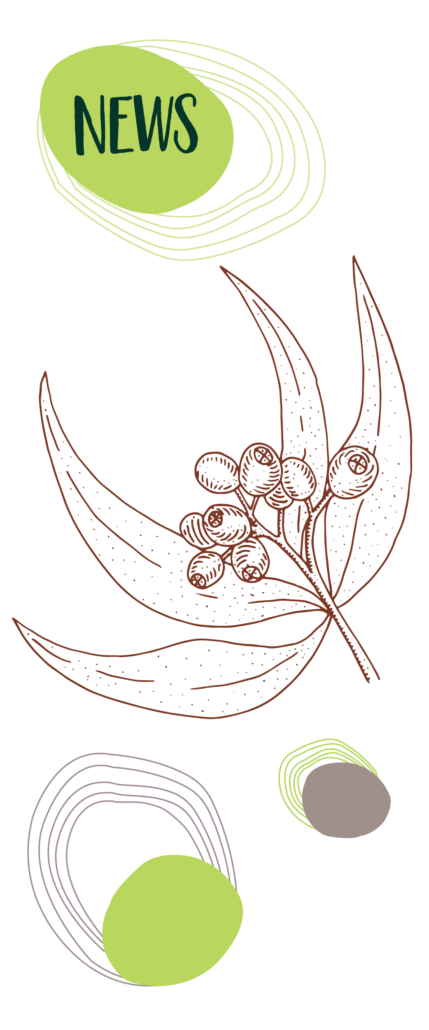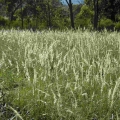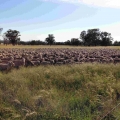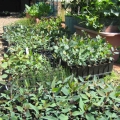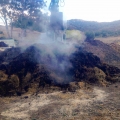Planting for Platypus!
Published 30th April 2025. Written by Maddison O’Brien
As dawn broke on 24th April, the water stirred at a special spot on the Cudgegong River, Wiradjuri Country. A cool, humid breeze hinted at rain coming, and as the birds began to wake up, there was a SPLASH. Peering over the riverbank’s edge, a peaceful platypus dipped and turned gracefully in the water. With elusive speed, it vanished, and the water returned to glasslike stillness.
Little did this Platypus know that today was the day that its home got a makeover. In a few hours, about 20 Landcare volunteers would be on site, planting native trees, shrubs, and grasses along the banks. This is a new beginning for this ecosystem, brought about by a collaboration between Watershed Landcare, OzFish, Rylstone District Environment Society, and Debeaurepaire Wines.
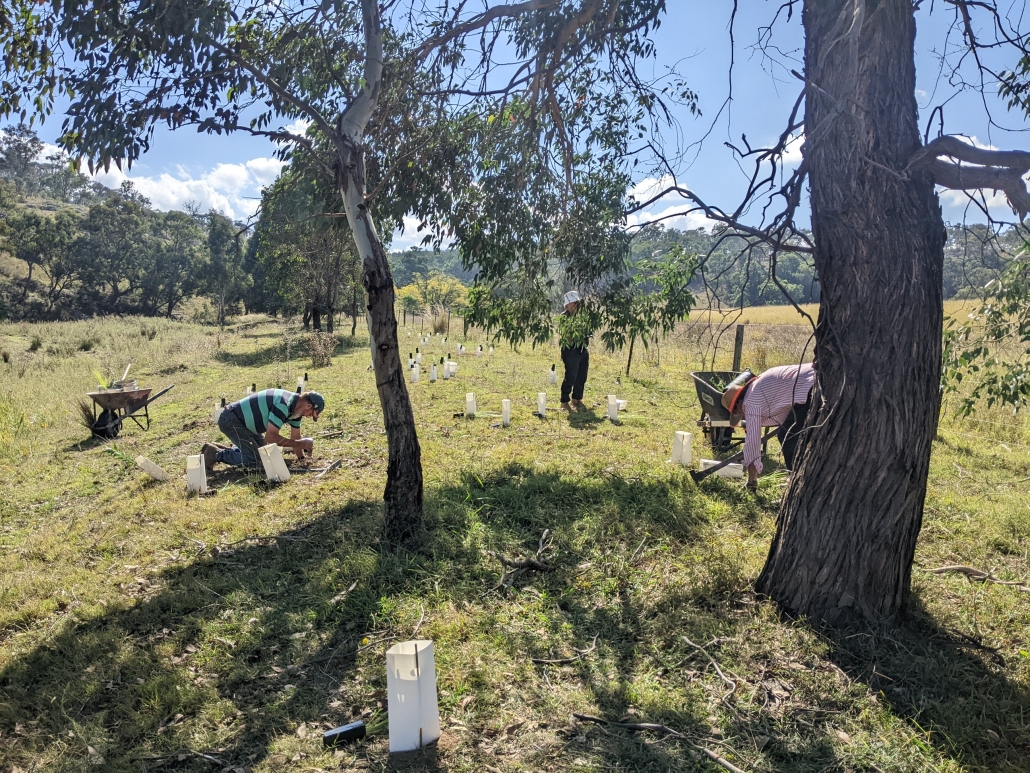
The project is called Wildlife Waters, and it’s all about improving riparian habitat health along the Cudgegong River and Lawson Creek. Revegetating river banks with diverse native plants improves water quality, as plants act as filters during rain events. Plants provide shady areas and underwater microclimates, essential for most native fish species. Have you ever wondered why the best fish are caught around big snags of fallen logs? Fish seek the protection of underwater niches created by plant roots and fallen branches to keep cool, find food and lay their eggs.
Diverse riverbank vegetation attracts insects & other critters like frogs, which are food for Platypus & native fish. Importantly, well-vegetated streams and rivers are less susceptible to erosion during floods. Plant roots are the best protectors of riparian soil, holding the structure of these often-sandy landscapes together. Platypus especially rely on the integrity of riverbanks to make their burrows.
At the end of the day, we looked back over the 200m stretch of riverbank, the vastness of what had been accomplished was clear. Over 750 white tree guards dotted the landscape, making it easy to imagine the full-grown plants, the new lush green growth and blooms of wattles and bottlebrushes alive with birds and insects.
This project is a testament to what can be achieved by local volunteers all pitching in to make a difference. Thank you to the wonderful people who came together to make it possible! We are excited to announce an Expression of Interest now open for free plants to complete your small riparian planting project; eligibility criteria & conditions apply. Find out the details at watershedlandcare.com.au/news.
Not long after the volunteers had all gone home and the sun was setting, the clouds gathered and started raining gently. The platypus smiled the next day, tucked away in its burrow as the newly planted plants got a welcome soaking with about 17mm of rain!

